The 8 Most Common Pollinators and Why We Need Them
Whenever you get some pretty flowers or buy your favorite foods, you should be thankful to pollinators for doing their job. If you’ve never heard of them or don’t know what they do, these little workers are a crucial part of the pollination process. Since plants bloom during every season, this process takes place year-round, and it takes the help of pollinators to get it all done.

What Is Pollination and Why Is It Important?
Flowers have male and female parts responsible for the reproduction of seeds and fruit. They also produce pollen, a powdery substance needed for this process to occur. When pollen from the male part of one plant falls onto the female part of another one, this is called pollination. Without this crucial procedure, seeds are unable to reproduce.

What Are Pollinators and What Do They Do?
Pollinators play a critical role in the reproduction of plants by moving pollen around. These small workers are made up of insects and other animals who visit different flowers to drink their nectar. Pollen falls from the plant and lands on their bodies as they retrieve the nectar. As they move on to the next flower in search of more food, pollen falls off them and onto the plant. The plant is then fertilized and can start to reproduce.
Who Are the Most Common Pollinators?
The types and species of these creatures are very diverse. They each have special features that help them with the pollination process. Here is a list of the eight most common pollinators of all.
1. Bees
One of the most well-known groups of pollinators is bees. They’re so popular that pictures of them often appear on lots of different products (including ours!). Although honeybees get a lot of attention, the U.S. is home to over 4,000 types of native bees alone. In addition to spreading pollen, bees also collect some of it for food. Bees can be seen enjoying various flowers, but they are attracted to ones with bright petals that smell sweet or minty. Check out 5 Types of Bees and How they Differ.
2. Beetles
Beetles also help in the pollination process. While visiting their favorite florals, they are known to eat through petals and other parts of a flower. They look for bowl-shaped ones with white or green colors and a fruity smell.
3. Butterflies
One of the prettiest pollinators is butterflies. The fall migration of monarchs is particularly enchanting. They enjoy many different wildflowers; however, they’re not as efficient at moving pollen as other insects. This is because their bodies are not shaped or equipped to collect much of it. However, there are still many flowers that need their help to reproduce. The flowers they look for are brightly colored and have a platform shape that makes it easy for them to land.
4. Flies
While they can sometimes be annoying little creatures, flies are essential for pollination too. Closeup, some look like wasps or bees; however, the flowers they prefer are very different. Flies look for ones with purple or brown colors and foul orders. Some of these flowers smell similar to blood, dung or rotten meat.
5. Moths
While some moths pollinate during the day, many also carry out the process at night. This is because they are attracted to nocturnal flowers. In addition, moths prefer flowers with a strong fragrant smell and look for ones that are pale or have a white color to them.
6. Hummingbirds
Some birds are also excellent pollinators. The most popular are hummingbirds, who play a vital role in pollinating wildflowers in the U.S. They look for bright-colored flowers with a tubular shape that allows them to use their long bills to retrieve the nectar. They also require lots of nectar for all the flying they do and are known to drink from several different flowers each day.
7. Bats
Believe it or not, bats also participate in this process. They look for large, pale-colored flowers with a fruit-like smell. These flowers are also nocturnal so bats can feed on them at night. In addition, several fruits worldwide, such as bananas, mangoes and guavas, depend on bats to help pollinate them.
8. Wasps
Although they look like bees, wasps aren’t generally covered with hair all over their body. This prevents them from being as effective with pollination as bees are. Wasps can be attracted to both fruit and flowers. For example, figs that grow in tropical areas contain flowers inside their immature fruit. For this reason, a group of wasps called fig wasps are drawn to them.

Why Do We Need Pollinators?
Ever wondered what life would be like without pollinators?
Creatures that pollinate are an important part of our ecosystem. According to the United States Department of Agriculture, over 100 different crops in the U.S., including fruits, vegetables and nuts, need pollination to grow. The help provided often leads to higher yields of crops along with more flavorful fruit. It’s also crucial to the growth and reproduction of plants we use for fibers, oils and raw materials. Most importantly, the plants they serve are responsible for keeping our air clean, providing habitats and support for wildlife, and stabilizing our soil.
Pollinators and plants also need each other to survive. Insects and animals need nectar for food and energy while plants need the pollen to reproduce. Some plants and flowers also provide other insects for animals to eat when they stop by for some nectar. This occurs as vulnerable insects seek shelter inside petals and other areas of a flower or plant.

How Can You Help Protect Them?
Creatures performing the pollination process are amazing, and the roles they play affect us all. Unfortunately, the population of some pollinators is starting to decline drastically, including many types of bees, bats, and monarch butterflies. Many factors have contributed to this, including a lack of flowers for nesting and feeding, different plant diseases, extensive use of harmful chemicals and climate change due to global warming.
As disturbing as this sounds, the good news is you can do a number of things to help. You can plant flowers, reduce the use of harmful chemicals in your garden, or support a cause that’s dedicated to helping them. Pollinators are our friends, and we need to protect them. Shop our Pollinator Collection today. For more ways to help pollinators, check out our ultimate guide to helping pollinators.
Sources:
pollinator_week_factsheet_06.25.2020 (usda.gov)
About Pollinators | Pollinator.org
The Why, What, When, Where, Who, How of Pollination - Smithsonian Gardens (si.edu)

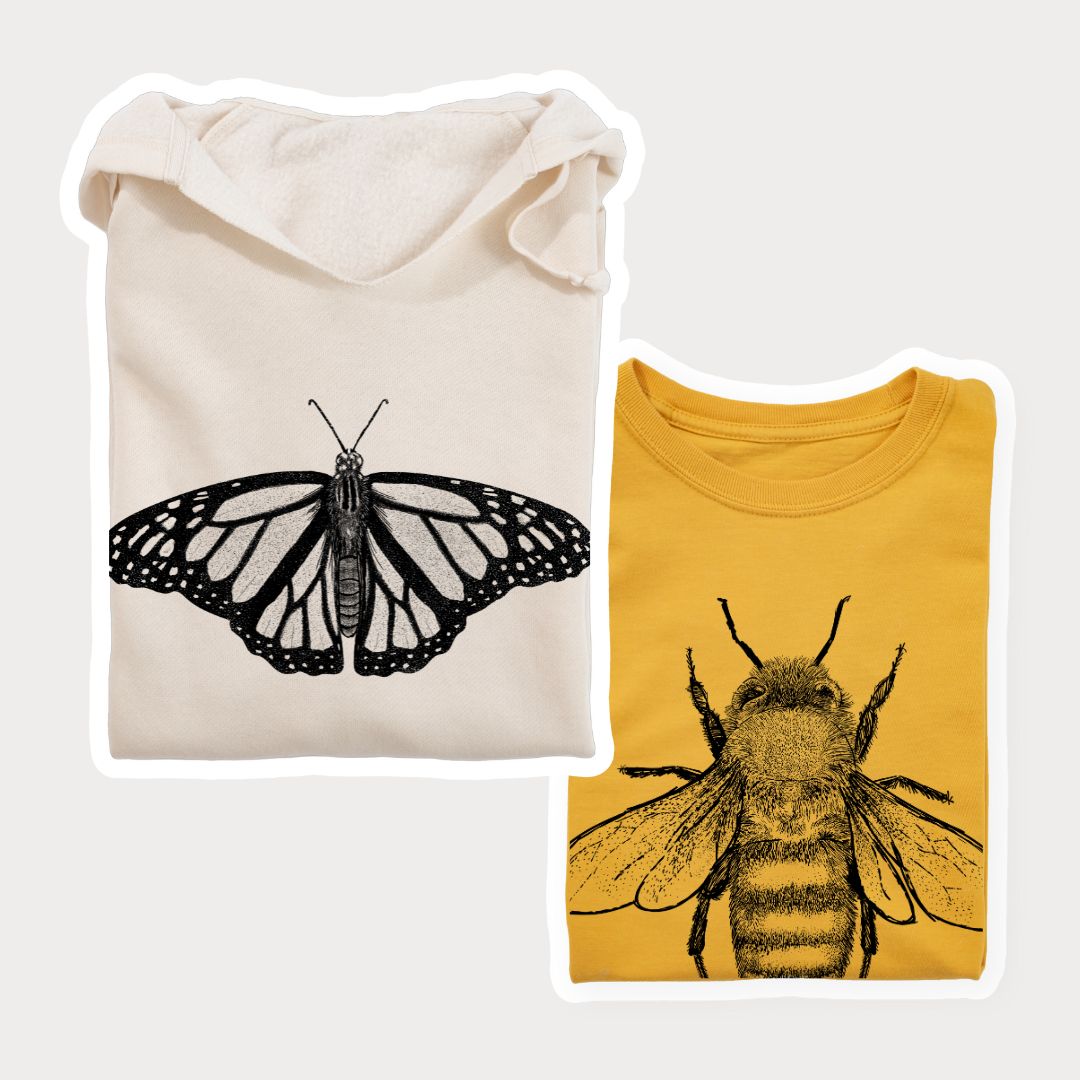



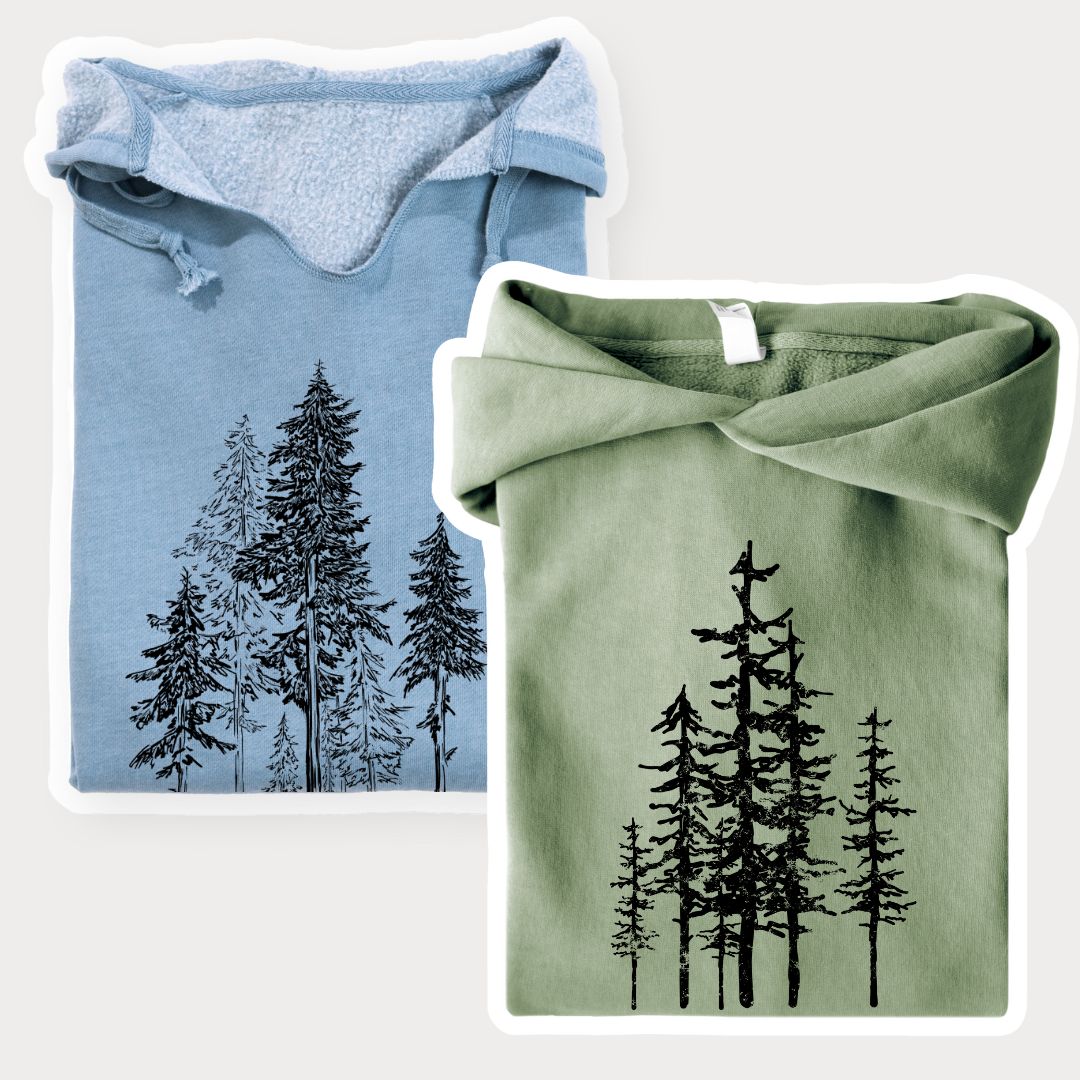
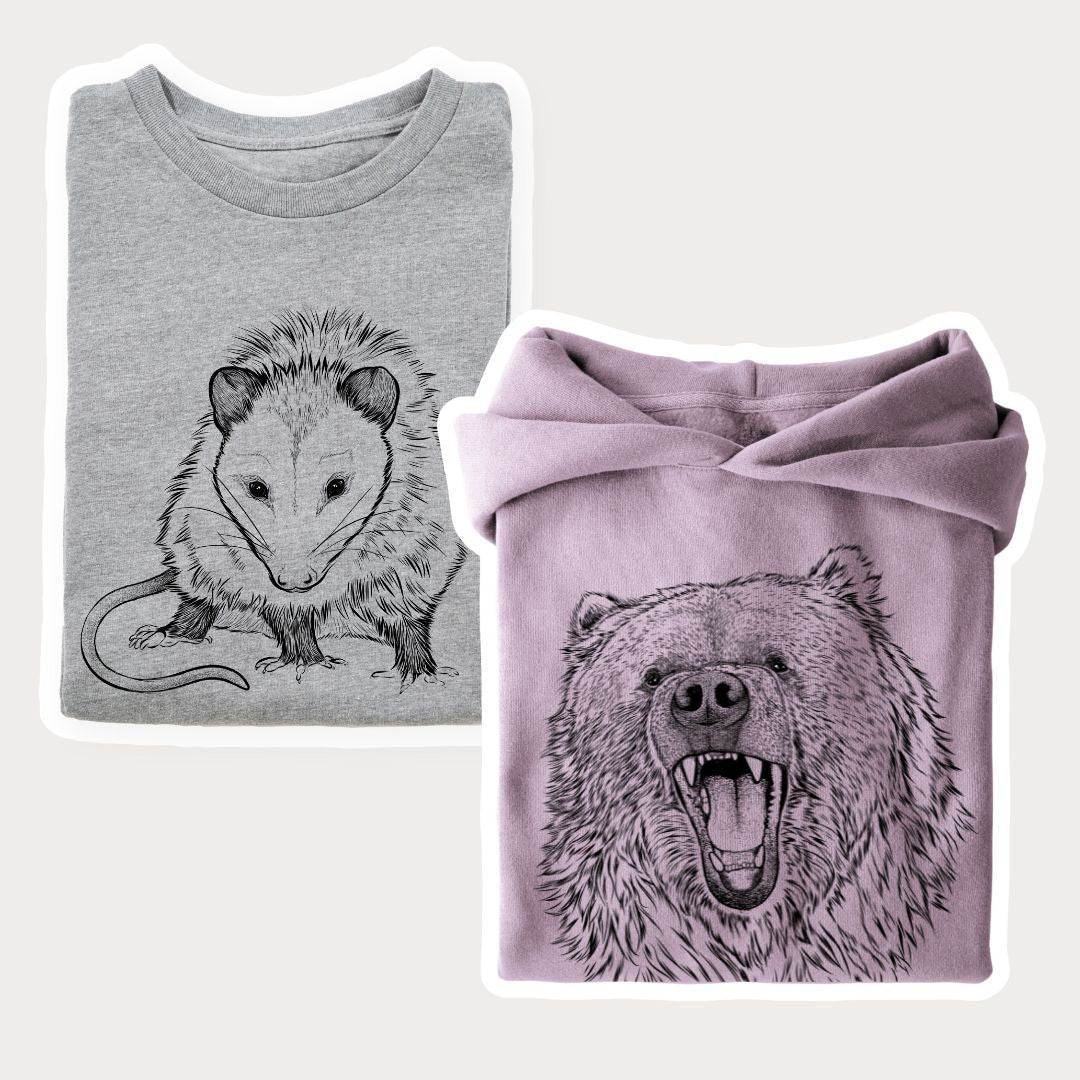




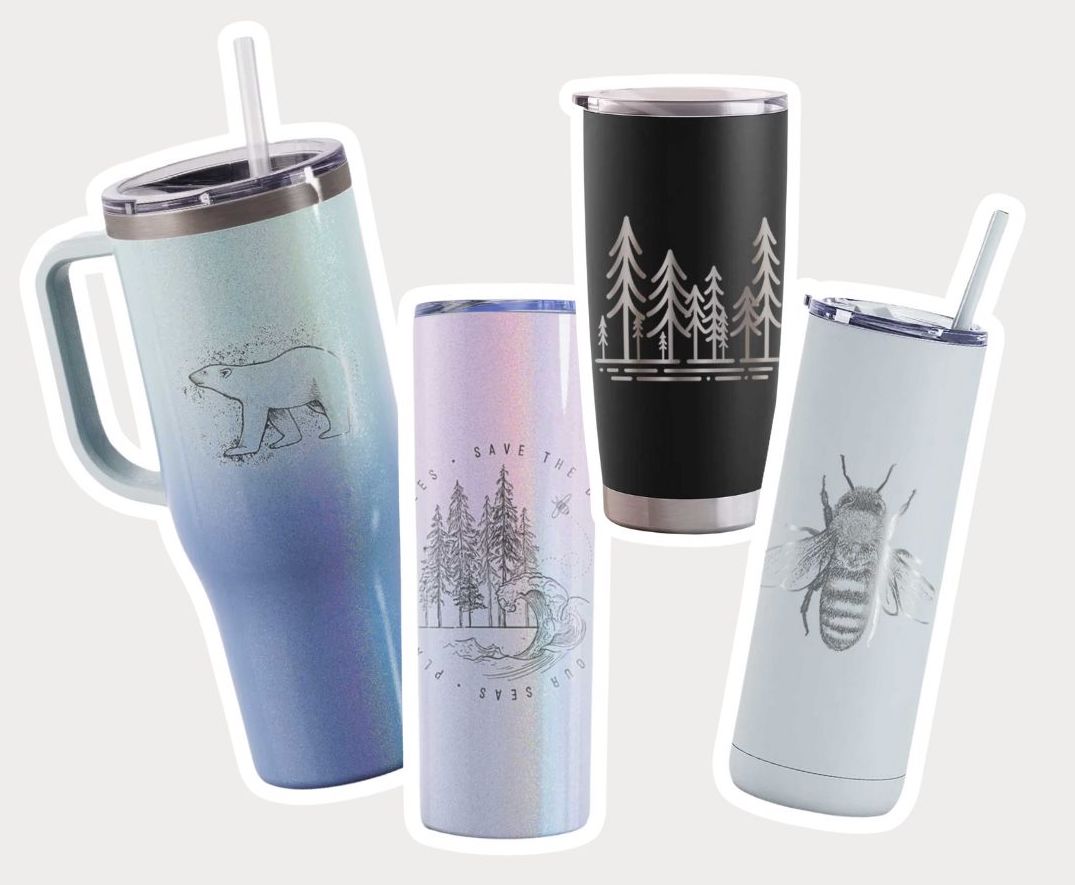

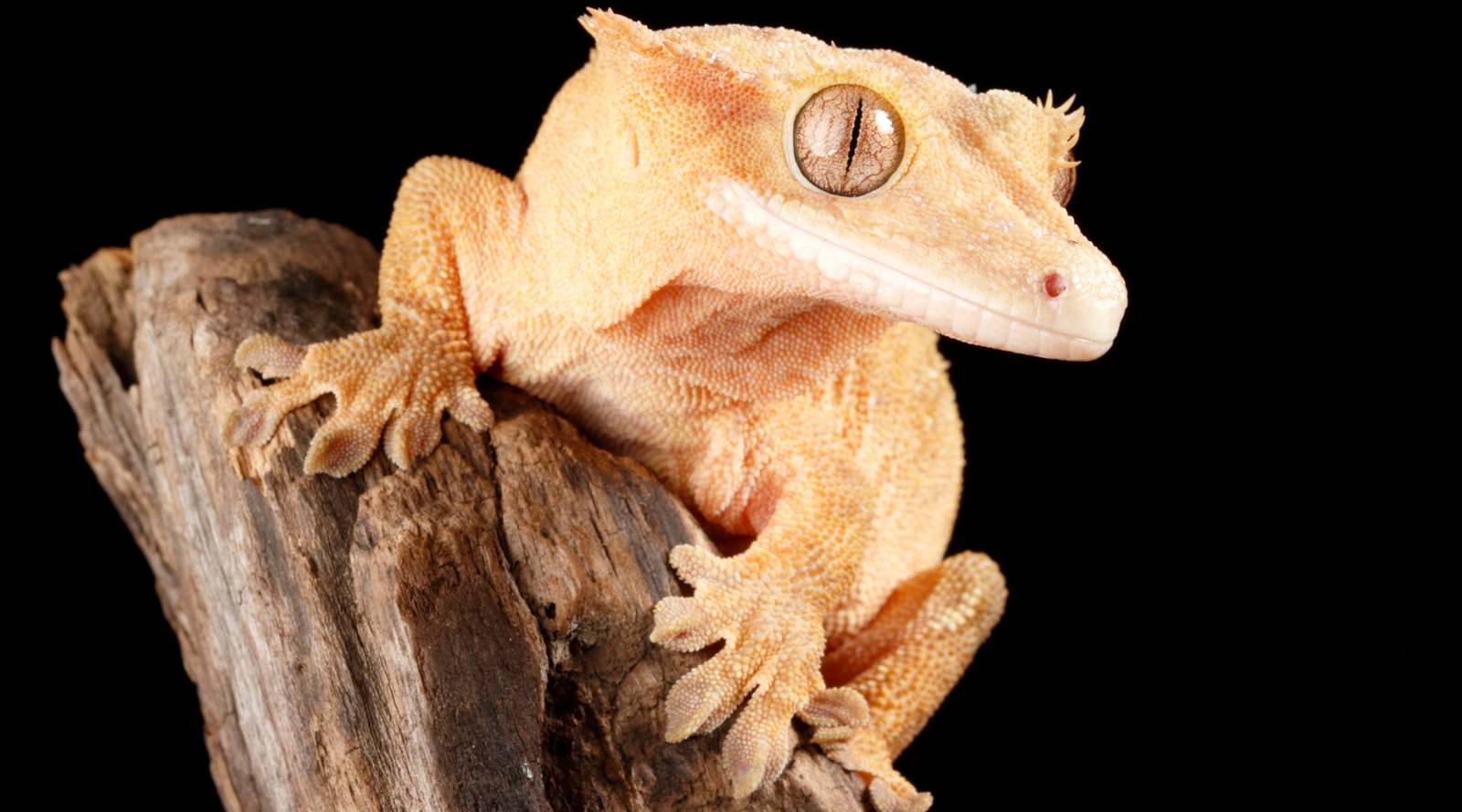
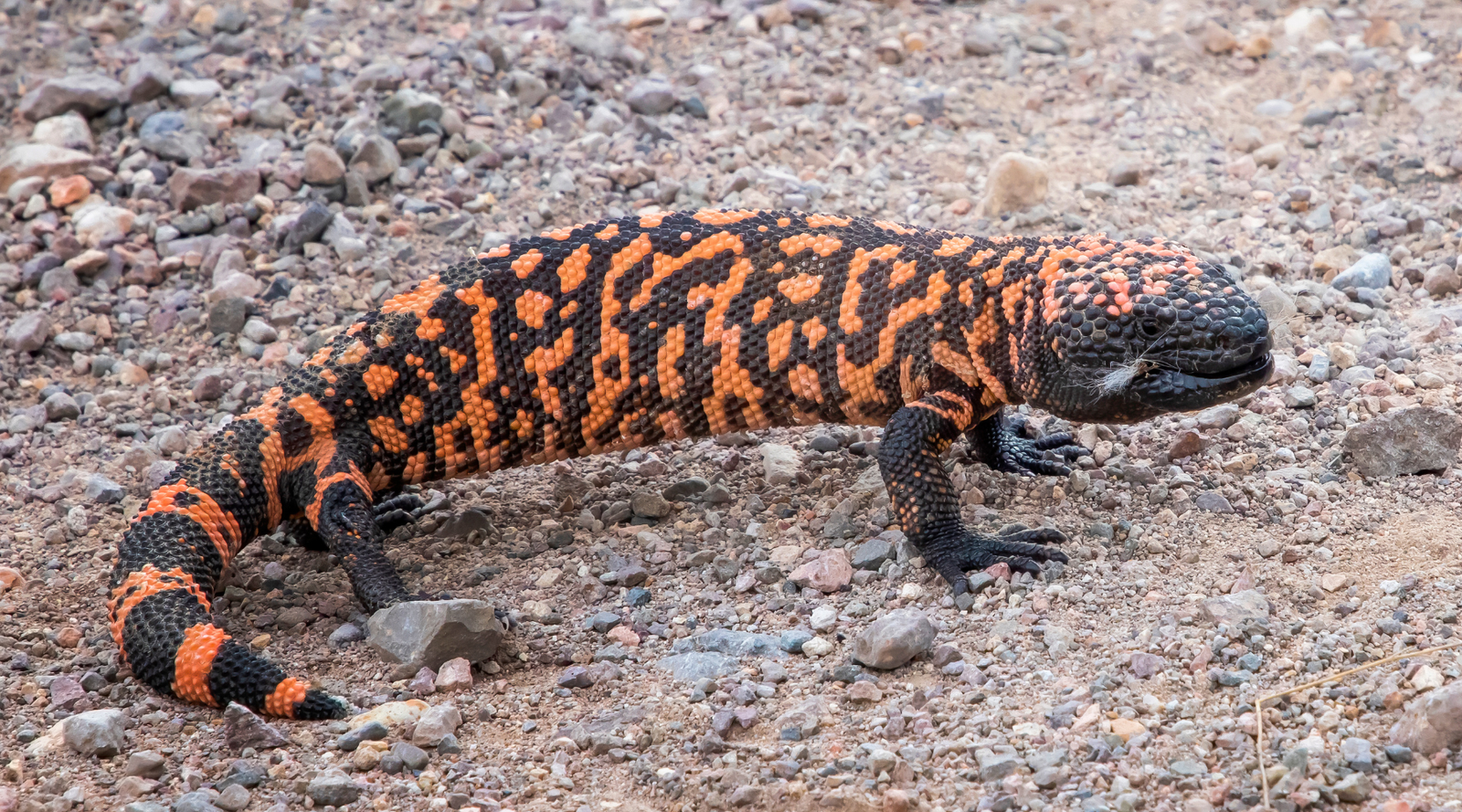

Leave a comment (all fields required)